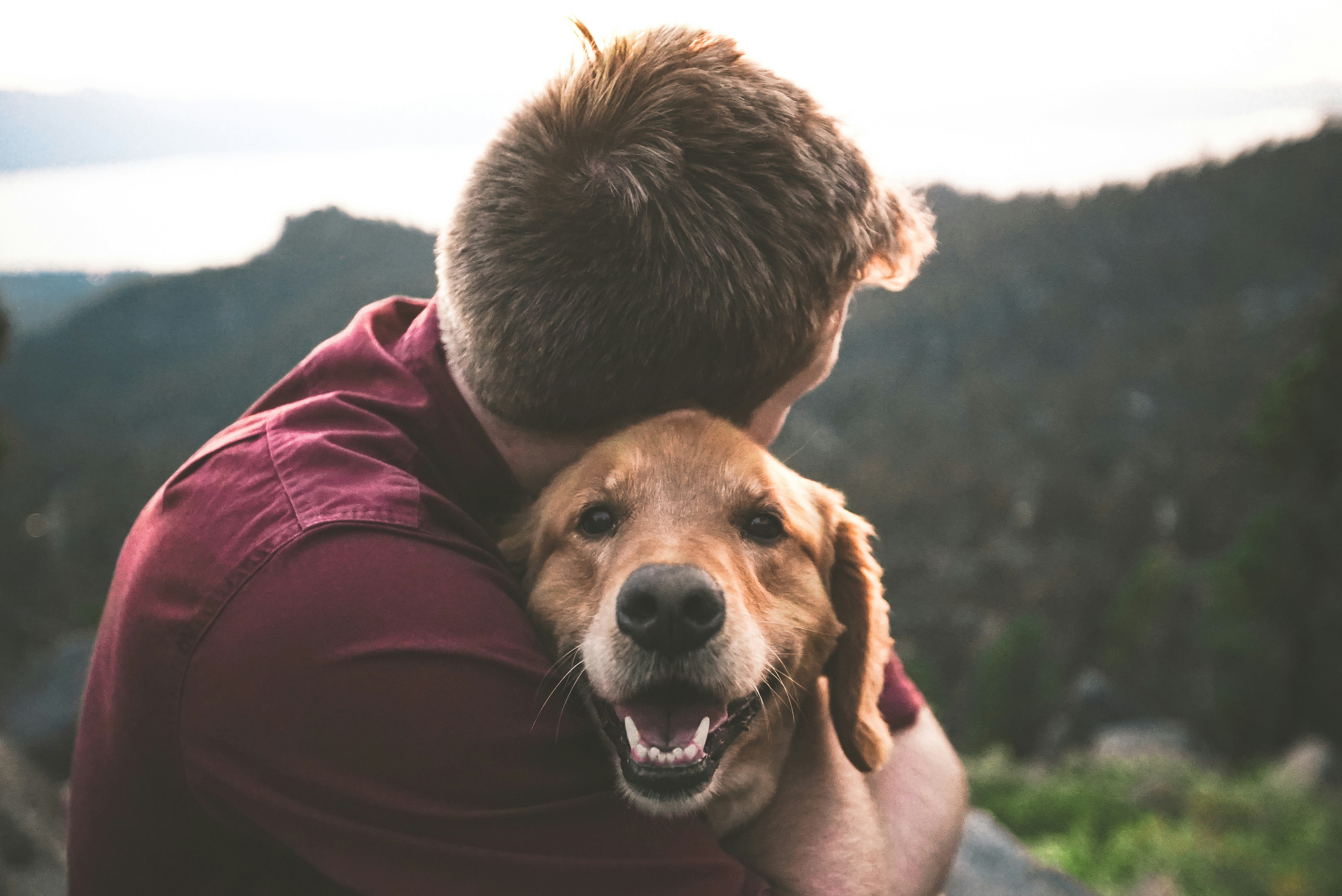Media release
From:
The pandemic may have influenced the trainability of dogs, as reported by their owners
Age, breed, sex, and size were also associated with differing dog behavior, per survey of almost 50,000 owners
Dogs reportedly became harder to train as the pandemic progressed, though this seemed to improve by the time it was ending, according to a study publishing September 10, 2025, in the open-access journal PLOS One by Courtney Sexton of Virginia Polytechnic Institute and State University, U.S., Yuhuan Li of the University of Washington, U.S., and colleagues.
Understanding dog behavior can help owners to improve their relationships with their pets and to monitor their health and welfare. To investigate general patterns of dog behavior, researchers analyzed data from a survey completed by 47,444 U.S. dog owners between 2020 and 2023, while enrolling their pets in a long-term study of dog health, the Dog Aging Project.
Average trainability scores — measuring dogs’ responsiveness to training, and comfort with being touched — were higher in dogs included in the 2020 survey intake, but lower in 2021, 2022, and 2023 — perhaps reflecting the difficulties of training a “pandemic puppy” acquired early in the pandemic. Notably, by 2023, those averages did start inching back closer to the 2020 scores, meaning dogs (and owners) may have started getting the hang of training routines as the world returned to “normal”.
In reviewing average behaviors across four main categories including fear, attention, aggression, and trainability in each year, the researchers also found other factors associated with dogs’ behaviors as reported by owners. On average, mixed breed dogs in the study population tended to be more fearful, needed more attention and displayed more aggression-related behaviors than single-breed dogs, according to their owners. The authors suggest this difference might be because mixed breed dogs are more likely to have been adopted from shelters and rescues and therefore may have experienced a stressful or traumatic past.
Age, sex, and body size were also associated with differences in dogs’ behavior. Puppy owners reported that they required more attention, and were less fearful and aggressive, but also less trainable, than dogs at other life stages. On average, male dogs tended to be less fearful, more aggressive, and more difficult to train than females. Smaller dogs also tended to be more fearful, more aggressive and less trainable than larger dogs.
Dog owners that participated in the survey in 2020 reported higher levels of aggression in their pets compared to owners who completed the survey in 2023. This might be due to stress in the dogs’ home environment during the COVID-19 pandemic, as well as fewer opportunities for social interaction during lockdowns.
This study is the first to analyze average behavioral characteristics from a large-scale survey that will continue to follow the same dogs as they age. The authors say that their analysis provides important baseline data that can be used to track changes in dog behavior over time, which will ultimately help them assess how behavior and health are linked.
The authors add: “In this study we saw that certain factors, such as a dog's life stage, sex, and size had some influence their on behavior. Interestingly, we found that throughout the COVID-19 pandemic time period, there were not substantial changes in dogs' overall behavioral profiles from year-to-year, despite what we might have expected given the changes in environment and routines that many were experiencing at that time. Most importantly, with these data, we're excited to now have a starting point from which we can continue to follow changes in the behaviors of tens of thousands of dogs as they age, which will ultimately help us understand how behavior and health are linked.”



 International
International



